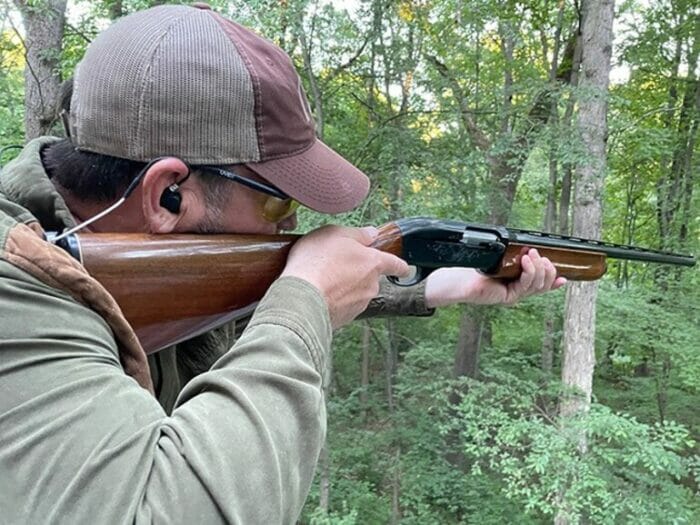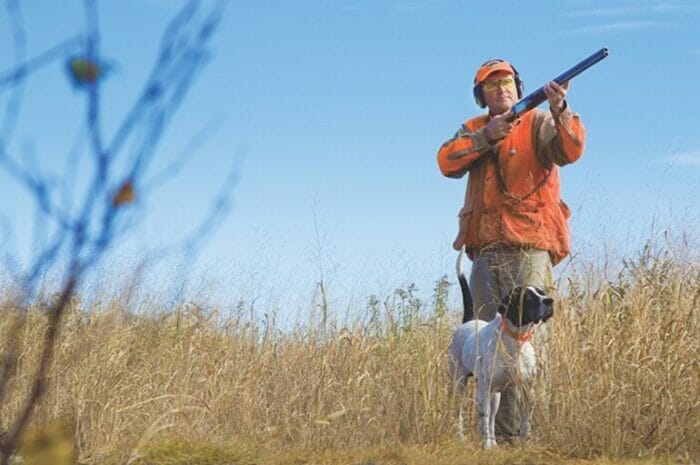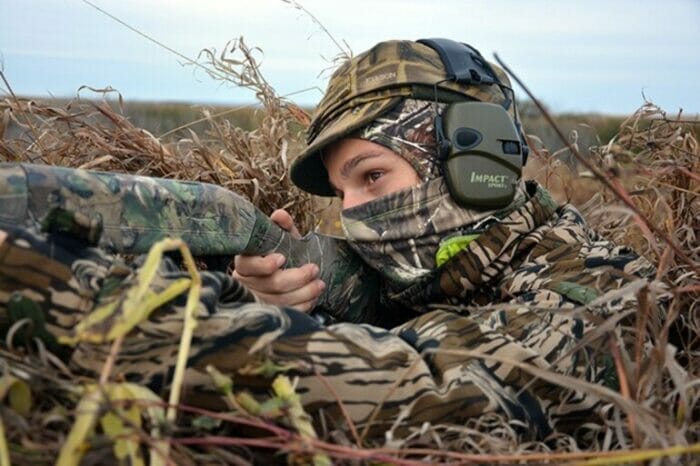Tips for Better (and Safer) Early-Season Wingshooting
September brings a variety of early-season wingshooting opportunities to anxious hunters throughout much of the United States. Are you ready? Follow a few key tips for better – and safer – experiences afield.
Wear Electronic Hearing Protection
Whether lining the edge of a sunflower field with family or friends during a traditional dove hunt, sharing coffee in a blind while waiting for decoying teal or Canada geese, or watching the dogs put up grouse or woodcock, bird hunting is unique in many respects. Most significantly, it differs from many other types of hunting in that it’s a social affair. Whether sharing jokes or stories between shots or engaging in strategic talk that improves the group’s coordination or enhances safety, communication is encouraged, not shushed.
These hunts can also offer opportunities for a lot of shooting, and volleys at birds may come from multiple shotguns. For these reasons, waterfowl and upland hunters should always wear hearing protection. How do you communicate while your ears are plugged, you might ask? Don’t worry; protecting your hearing and conducting conversation aren’t at odds.
Unlike passive types of hearing protection like foam plugs and standard earmuffs that simply block sound, today’s electronic earmuffs, and earbuds can provide protection from the dangerous impulse noises produced by firearms while amplifying ambient sound in order to make communication easier. It’s a win-win.
Sharpen Your Shooting Skills
Even the most seasoned wingshooters often enter the month of September a bit “rusty.” And while off-season shooting practice is one of the best ways to enjoy more success once the hunting seasons open, hunters have an ethical responsibility to the game animals they pursue to be accurate with their firearms. Nobody feels good about crippling and losing a bird – at least they shouldn’t.
Sporting clays, trap, skeet, and other clay games are great ways to hone your shotgunning skills before the season opens. As a bonus, they’re also a whole lot of fun. Upland hunt clubs, shooting sports complexes and outdoor gun ranges across the country offer such opportunities at very reasonable prices and expert instruction if desired or needed. Take time to shoot a round or two of sporting clays before the season begins, and you’ll knock down more birds come opening morning.

Bring Extra Shells
Unless you’re hunting a public area that restricts the number of shotgun shells you can legally carry into the field (many do, so check your state’s detailed hunting regulations), make sure you have enough ammunition. This is especially salient advice for the dove hunter. Among the fastest-flying game birds in North America, doves have a habit of making even the best wingshooters miss. Avoid the disappointment that comes from falsely thinking a single box of 25 shotshells will result in a limit of 15 doves. It’s not going to happen.
Take Responsible Shots
Whether hunting teal, geese, doves, or any other free-flying game bird, the temptation is always there to shoot at any bird that passes within 50 yards. But keep in mind that excessive shooting can quickly burn an entire flock or field. Understand the limitations of your firearm, ammunition, and your own shooting ability, and only take high percentage shots. If the birds aren’t coming close enough, change your setup; the birds will tell you where you need to be.
Don’t Forget Your Eyes
Wearing the proper shooting eyewear while hunting not only increases safety but it can also improve your shooting performance. Start with eyewear marked Z87 on the temples. This means both frames and lenses have passed basic impact testing. Beyond this certification, choose frames that feel comfortable on your face and a lens tint that supports visual acuity. Amber-tinted lenses, specifically, are a wonderful all-around choice because they help to improve contrast and depth perception. That means smaller; fast-flying targets can be picked up and tracked more easily, especially beneath overcast skies. Next, to clear, amber lenses also have the best visible light transmission at about 90 percent, which ensures they will perform well in low-light conditions.



